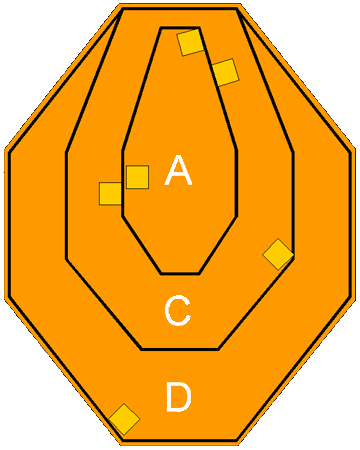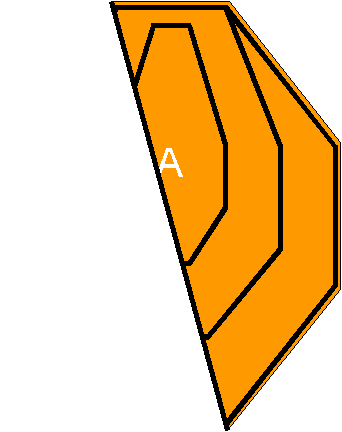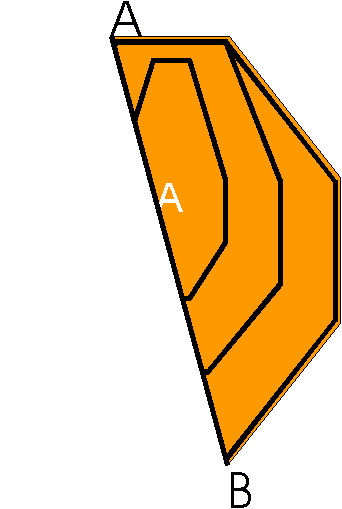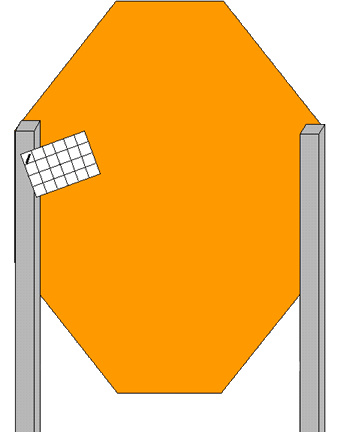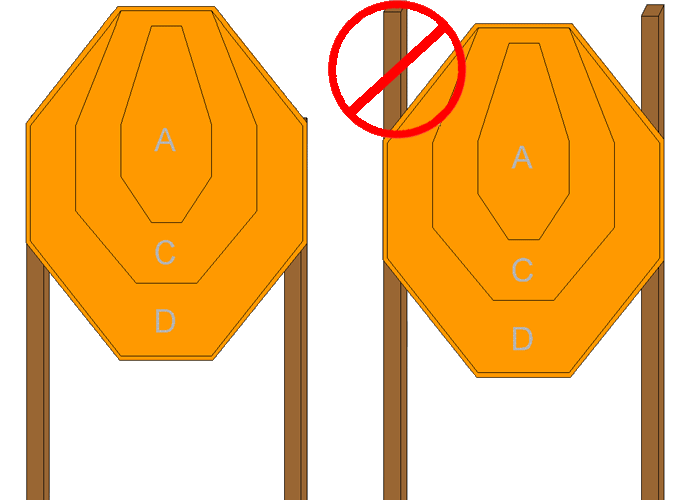Firearms saftey is a matter of personal responsibility. The shooter is always responsible for his actions and safe gun handling. Safety violations, as defined by the USPSA/IPSC rule book, swiftly lead to disqualification from the day's competition.
The following are the basic principles of safe gun handling:
The Four Basic Rules of Firearms Safety*
1. All guns are always loaded.
Treat every gun as if it was loaded, at all times, no matter what. Think and BELIEVE every time the gun is handled, it could fire.
2. Never let the muzzle cover anything you are not willing to destroy.
Be conscious of the direction your muzzle is pointed at all times. This includes at yourself, any other person, animal, or property unless you are either intending to or do not care about destroying or killing that person/object. NEVER handle a gun behind other people or bend over with a gun in your hand on a shooting range.
3. Keep your finger off the trigger until your sights are aligned with the target.
Pay attention to what you are doing while handling a firearm. DO NOT let your finger contact the trigger until the gun is on target.
4. Be sure of your target and its surroundings.
Pay attention to what is going on around your target. YOU are responsible for the terminal resting place of the bullet, intentionally fired or not, no matter what happened.


